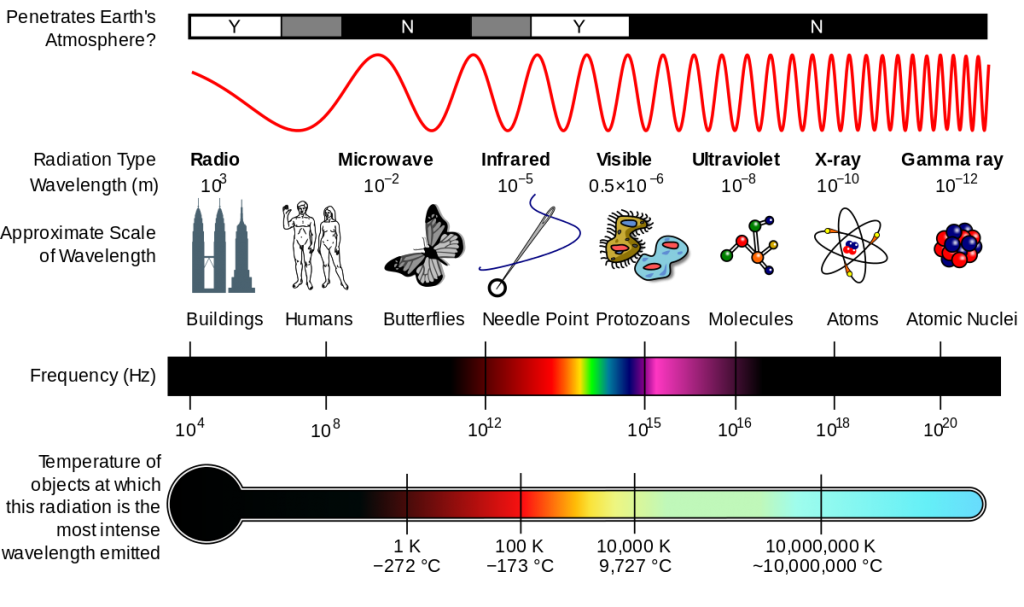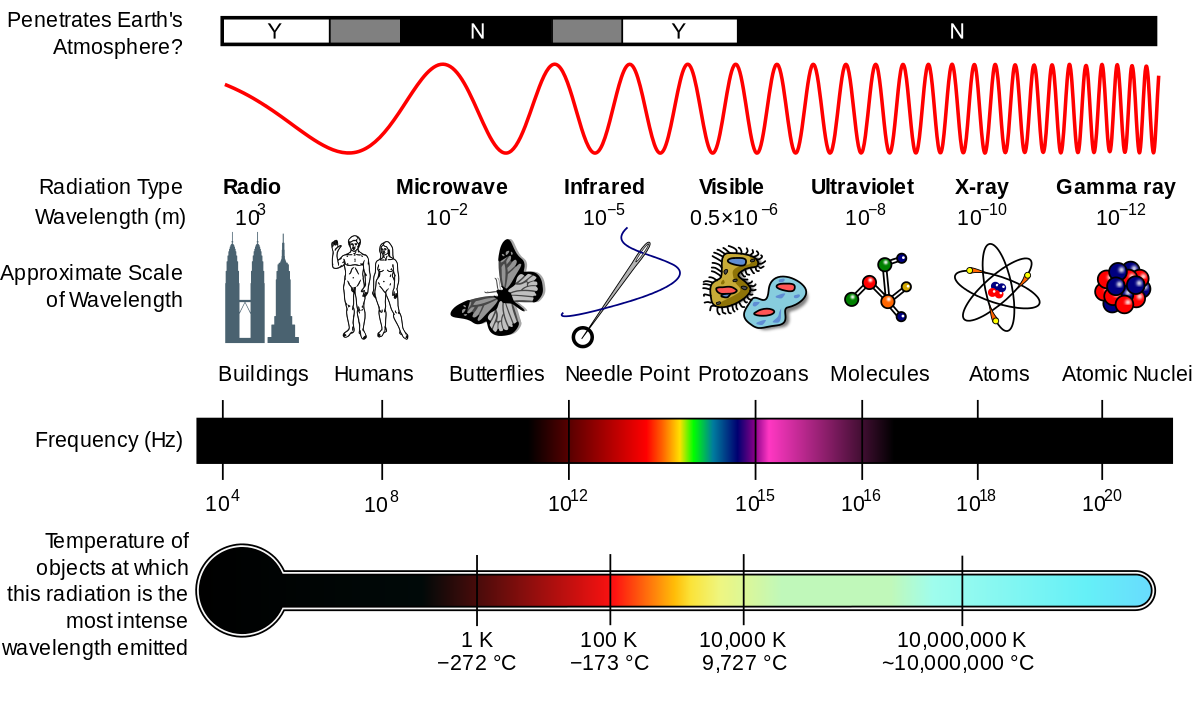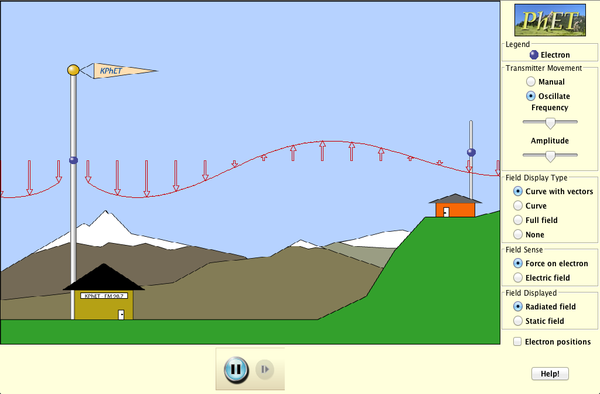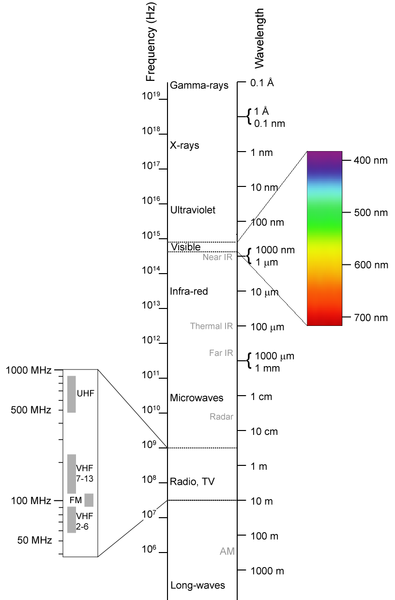Next week we’ll be moving into “Phase 2” of our Learning at Home period. Vanden and the District have been hard at work ensuring that all students have devices and internet connections so your teachers can provide you with more opportunities to learn from home.
The Physics Team has been working hard to prepare lessons that are accessible from home to help everyone of you to have all the knowledge you will need for Biology next year. We are dropping some of the lessons we would normally cover to allow you to focus on this knowledge.
I hope you are safe and healthy at home, and continuing physical distancing to help us pass through this pandemic quickly (stats show California is doing a good job of ‘lowering the curve).
Review of Electromagnetic Spectrum

By now, I hope you all have finished Chapter 18, The Electromagnetic Spectrum and Light. If you are struggling, please take a moment to look back at some of the resources I have posted online to help.
I developed a Kahoot! to help with review. There are 27 questions, and it is open as a “Challenge,” which does not have time limits, and you can take it as many times as you want. You can find it here, or enter 0789319 as the PIN in your Kahoot! app.
I’ll be able to watch how many of you complete it, as well as to see which questions are toughest for many students–then I can post hints/tips for those questions online.



